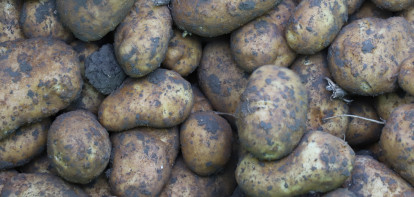News Potatoes
Idaho farmers breathe a sigh of relief after irrigation ban
In the American state of Idaho, a ban on irrigation for this season has been lifted. A catastrophe for farmers in the largest potato state in the US has been temporarily averted.
Water is a scarce resource in Idaho, and there are strict rules to ensure sufficient water year-round. A system of permits regulates how much groundwater and surface water farmers are allowed to extract. On May 30, the Idaho Department of Water Resources (IDWR) issued a ban on the use of water for irrigation in nine districts. This ban would have meant that the crops that had just been planted in the ground could no longer be irrigated.
Problem not solved
After intervention by the state governor, farmer organizations and water authorities reached an agreement on the use of water for agriculture this growing season. According to local media, the significant economic consequences of the sudden irrigation ban heavily influenced this decision. However, the underlying problem is not resolved by lifting the irrigation ban, which had not been enforced for over a week. Farmers are hopeful for an agreement on proper water management to prevent issues in the next growing season. In Idaho, potatoes are grown on over 300,000 acres (about 120,000 hectares). The irrigation ban applied to 500,000 acres. The ban has not been lifted for 330,000 acres.



